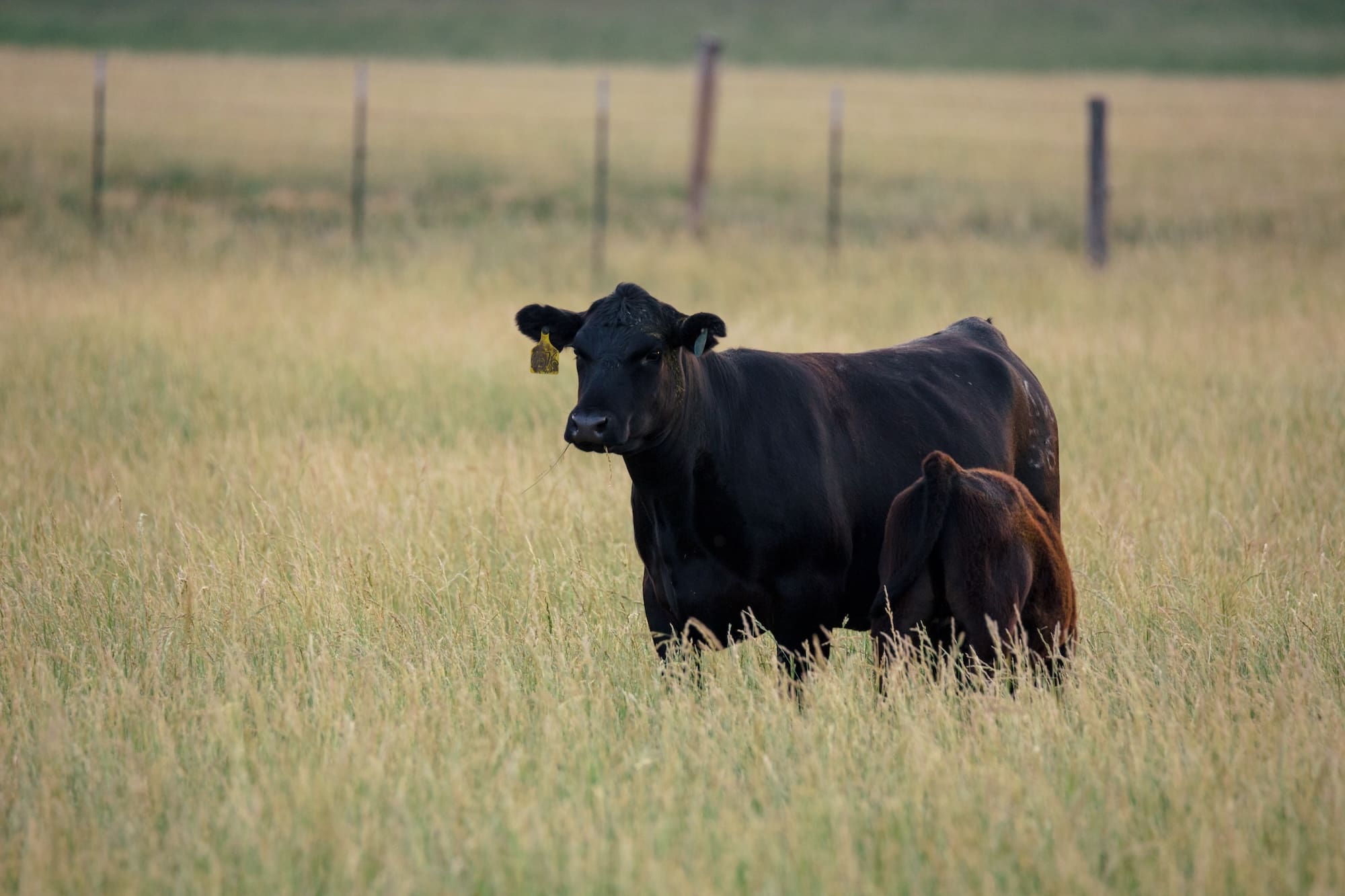
Sign in
Sign in to save favorite properties and equipment, save your search parameters and more
Don’t have an account yet? Sign Up Now
Sign up
Already have an account? Login Now


Sign in
Sign in to save favorite properties and equipment, save your search parameters and more
Don’t have an account yet? Sign Up Now
Sign up
Already have an account? Login Now
Frank’s Butcher Shop was born from a simple idea – bring Wyoming-raised beef, cut straight from the personal butcher, fresh to your table. Founder and owner Billy Brenton named the shop for his dad, Frank. It’s a hard-working generational business. As Billy’s son Brice puts it, “All of our beef is born, raised, and processed in Wyoming.” Why Wyoming? Well, that’s an easy one. “There are more cattle than people here, so folks know a thing or two about raising cattle.” From learning the basics to brushing up on popular cuts of beef, the friendly team at Frank’s shared their guide to buying beef with us.
Take a Tour of Frank’s Butcher Shop with Life on the Land from Hayden Outdoors.
The Department of Agriculture (USDA) defines three retail levels of USDA-graded beef: prime, choice, and select. There are lower grades, including standard, commercial, utility, cutter, and canner, but like their names, those are mostly reserved for processed meat products.
There are 8 primal cuts of beef. Each can be broken down further into subprimal cuts.

While juicy, well-marbled cuts of beef might be what you crave, there are many who opt for leaner cuts, allowing them to still enjoy a succulent cut of steak without additional fat. If you want to explore some of the leaner cuts of beef, opt for pieces that come from the round and the flank. Treat yourself to a tenderloin – known for being very tender and lean, although you might need to dress up the flavor a little bit.
Beef offers a variety of health benefits, including being a good source of vitamin B12 and iron, zinc and selenium. Choosing lean cuts of beef helps avoid saturated fats, which can raise blood cholesterol and increase the risk of heart disease. If you’re concerned about your heart health but still love a juicy steak, talk with your local butcher about the best choices for you. You can also trim obvious fat from cuts of meat by holding a tag of the fat and slicing downward at an angle (make sure to use a sharp knife!) while you pull it away from the red meat. Go slowly and work in smooth strokes. Don’t worry about removing all of the fat at the same time; you can slice away in strips if you need to.

Beef hanging and aging at Frank’s Butcher Shop beef
There are two ways to age beef – wet and dry aging. Wet aging involves storing the meat in airtight bags in a cooler for up to three weeks. This renders a traditional beef flavor. When dry aging beef, instead of packaging the meat, the animals are harvested and then the meat is stored uncovered in a large refrigeration room with controlled temperature (32° – 34°F) and humidity. This method results in a richer, more robust beef flavor.
Whether or not meat is better aged or fresh is probably a matter of personal preference, but aging the meat does provide some benefits to the tastebuds:
It is important to note that dry-aged beef is typically more expensive than other options. The process is both time consuming and it also results in moisture loss from the meat. That said, it is proven to give your choice cut of beef a richer, more intense flavor.
If you’re someone who is frequently in the market for quality cuts of beef, it’s important to develop a good relationship with a reputable butcher or meat supplier. These experts know their grades, cuts, optimum cook temperatures, rubs, spices, and more. Local farmers’ markets are another good place to source high-quality meat. Don’t be afraid to ask about the beef’s origin, harvesting practices, and aging processes.
Don’t hesitate to try new cuts and cooking methods. Frank’s offers up a few key tips for cooking your steak, including taking your meat out of the refrigerator for 30 minutes prior to cooking and letting it rest after you pull it off the grill or out of the oven. If you like to buy beef in bulk, consider getting your own airtight storage system to help preserve flavor and freshness, and always clean your cooking surface well before and after you handle raw meat.
With barbecue season just around the corner, now is a great time to source some quality beef, and brush up on your steak preparation skills.
